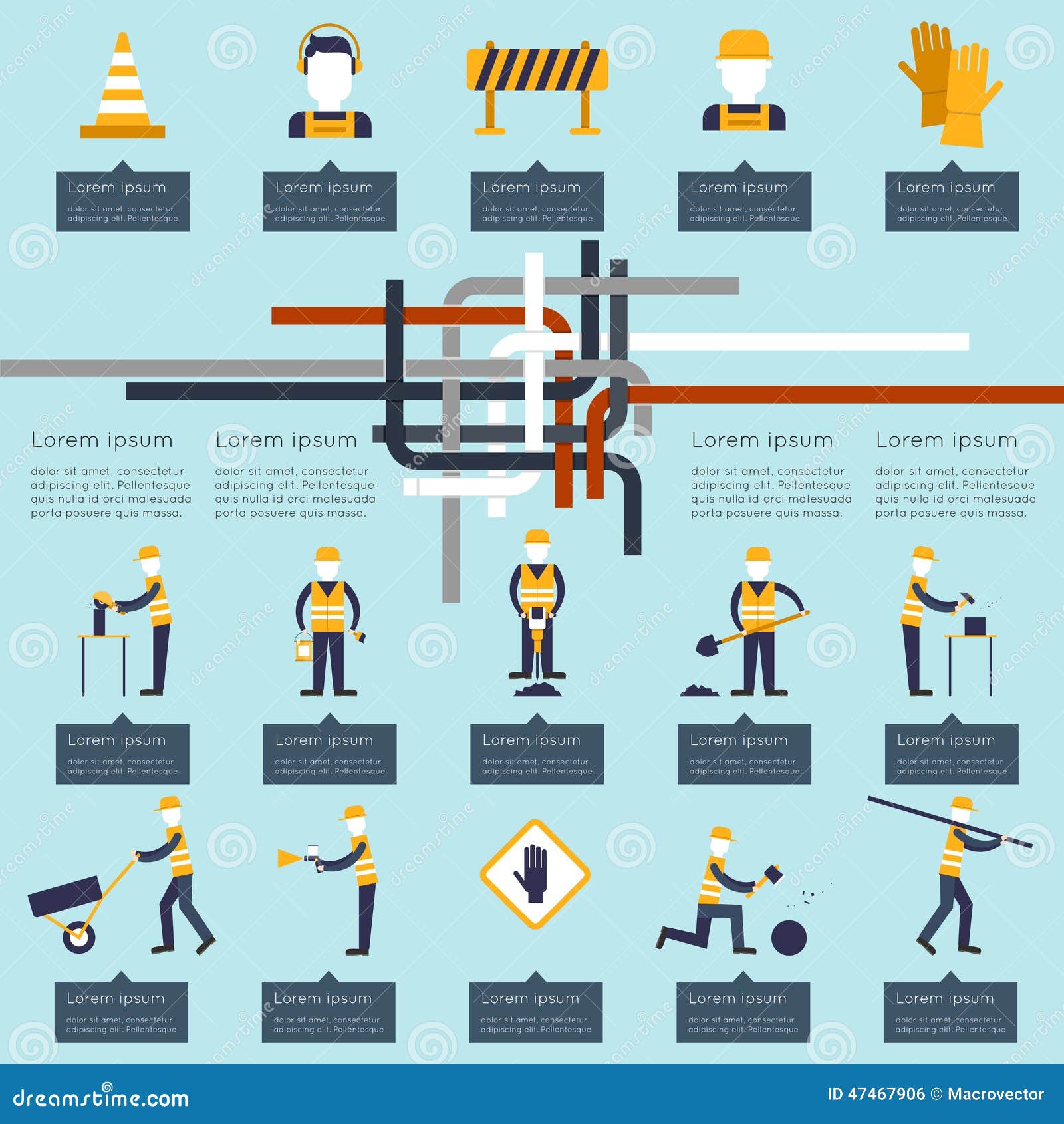The Importance Of Weather Condition In Commercial Exterior Paint: What You Must Recognize
The Importance Of Weather Condition In Commercial Exterior Paint: What You Must Recognize
Blog Article
Web Content Author-Weiss Silver
When you're preparing a commercial external paint project, don't underestimate the impact of weather condition on your outcomes. You require to consider factors like temperature, humidity, and rainfall, as they can make or damage your paint job. For instance, did you know that ideal conditions require certain temperature level arrays and moisture degrees? Falling short to keep track of these elements can cause uneven coatings and even damage to fresh paint. Understanding these aspects is key to achieving a long-lasting, specialist result. So, what specific weather conditions should you be wary of?
Temperature level Considerations
When it involves commercial external paint, temperature level plays an important duty in the end result of your job. If you're repainting in extreme warmth, the paint can dry out too promptly, bring about concerns like poor adhesion and irregular finishes. You wish to go for temperatures between 50 ° F and 85 ° F for the best outcomes. Listed below 50 ° F, paint may not heal effectively, while above 85 ° F, you run the risk of blistering and splitting.
Timing your project with the best temperatures is vital. Beginning your job early in the early morning or later in the mid-day when it's cooler, specifically during hot months.
Also, take into consideration the surface area temperature; it can be dramatically more than the air temperature level, specifically on sunny days. Utilize a surface thermostat to examine this before you begin.
If temperature levels are uncertain, watch on the weather forecast. Sudden temperature level decreases or heat waves can derail your strategies. You don't intend to start painting just to have the conditions transform mid-project.
Humidity Degrees
Humidity degrees dramatically influence the success of your commercial outside painting job. When the humidity is too expensive, it can prevent paint drying and treating, bring about a series of problems like inadequate attachment and end up high quality.
If you're intending a job throughout moist conditions, you might locate that the paint takes longer to completely dry, which can prolong your task timeline and boost prices.
Alternatively, reduced humidity can additionally position difficulties. Paint may dry also quickly, preventing correct application and leading to an uneven finish.
You'll want to keep track of the moisture levels carefully to guarantee you're functioning within the ideal range, usually in between 40% and 70%.
To get the most effective results, take into consideration making use of a hygrometer to measure moisture prior to starting your job.
If you discover the levels are outside the optimum array, you might require to adjust your timetable or pick paints made for variable conditions.
Always get in touch with the manufacturer's guidelines for details suggestions on moisture tolerance.
Precipitation Effect
Rainfall or snow can significantly disrupt your industrial outside paint strategies. When precipitation occurs, it can get rid of freshly applied paint or create an unequal surface. Ideally, you intend to choose days with dry climate to make sure the paint sticks effectively and treatments efficiently. If you're captured in a shower, it's best to stop the project and await problems to enhance.
In Visit Home Page , snow can be much more destructive. Not just does it create a wet surface, but it can likewise decrease temperature levels, making it hard for paint to dry. https://tysonpwbot.idblogmaker.com/32445709/paint-contractor-keys-what-you-required-to-know can cause issues like peeling or blistering down the line.
Learn Alot more to examine the weather forecast prior to beginning your job. If rainfall or snow is anticipated, think about rescheduling.
Always keep in mind to permit ample drying time between coats, especially if the climate continues to be unpredictable.
Final thought
Finally, keeping an eye on the climate is important for an effective industrial exterior painting project. By checking temperature level, humidity, and precipitation, you can guarantee the very best conditions for application and curing. Bear in mind to prepare your work around desirable weather and always follow manufacturer guidelines. With the best approach, you'll accomplish a resilient, attractive coating that can withstand the components. Don't let the climate capture you unsuspecting-- stay notified and repaint wise!
